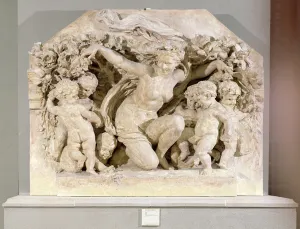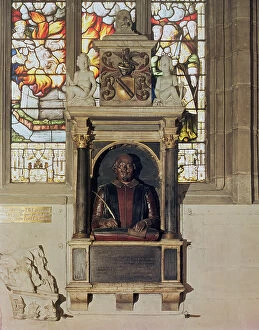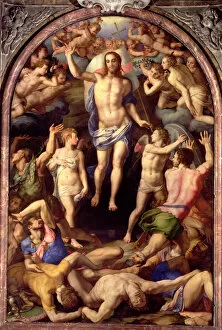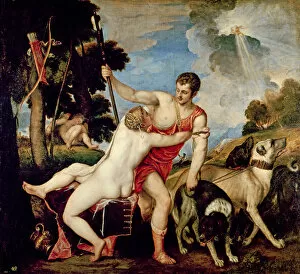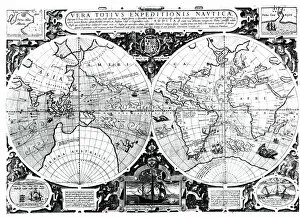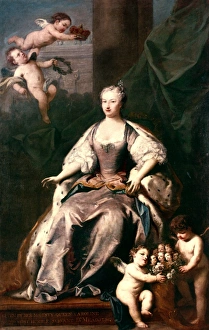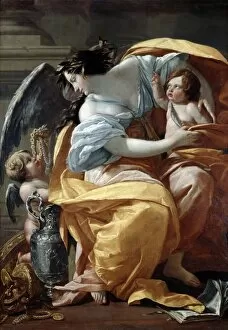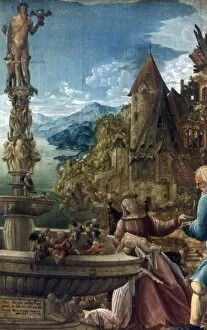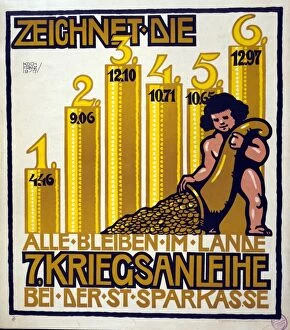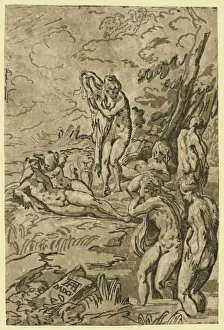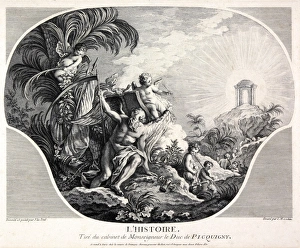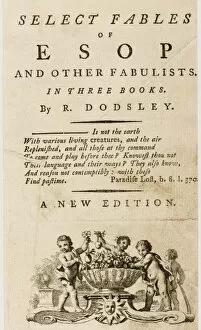Putti Collection (page 91)
"Putti: The Divine Messengers of Love and Beauty" In the realm of art, they have long been revered as celestial beings symbolizing innocence, love, and beauty
All Professionally Made to Order for Quick Shipping
"Putti: The Divine Messengers of Love and Beauty" In the realm of art, they have long been revered as celestial beings symbolizing innocence, love, and beauty. From classical paintings to intricate sculptures, their presence adds a touch of enchantment to various artistic masterpieces. One such iconic portrayal is seen in Alexandre Cabanel's "The Birth of Venus" (1875), where delicate putti surround the goddess emerging from the sea, bestowing her with ethereal grace. These cherubic figures bring an otherworldly charm to this renowned French artwork. Moving on to Amiens Cathedral in France, we encounter the poignant statue known as "The Crying Angel. " With its cherub looking towards the right, it evokes a sense of melancholy and longing for divine intervention amidst human suffering. Italy too has embraced these angelic creatures within its cultural fabric. They adorn Italian wedding cards with their innocent smiles and fluttering wings, blessing couples with eternal love and happiness on their special day. Gustav Naujok's depiction of St. Cecilia (1891) showcases another instance where putti play a significant role. These heavenly messengers accompany the saintly figure while she creates harmonious melodies that resonate through time. In Sandro Botticelli's masterpiece "Birth of Venus" (1863), it can present once again—this time surrounding the birth of the goddess herself. Their playful demeanor adds an element of whimsy to this timeless painting. Les Amours des Dieux by François Boucher features Cupid aiming his arrow at unsuspecting lovers—a charming scene brought alive by these mischievous little angels who make love bloom wherever they go. Even Queen Elizabeth I was not immune to their allure; portrayed in old age by an unknown artist around 1610, she is accompanied by putti symbolizing her everlasting legacy as one of England's most influential monarchs.


